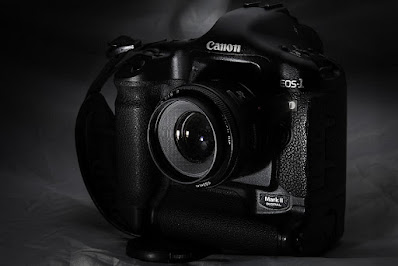Canon is one of the biggest camera manufacturers in the world. It produces and markets digital cameras, lenses, and film for professional and amateur use. It also happens to be one of my favorite camera brands. In recent years, Canon has discontinued several models of DSLR cameras due to technological advancements and decreasing sales. These models include the Canon EOS 7D, EOS 5D Mark III, EOS 6D, EOS M6, EOS M5 and the Rebel T6i and T6i CS-S. In this article, we will discuss the reasons for Canon’s decision to discontinue these models of DSLR cameras.
First-generation DSLRs were introduced in 1999. This was an initial version of a class of sophisticated professional cameras called “DSLRs” or digital single lens reflex. The design of first-generation DSLRs was relatively simple with a single lens that took pictures directly onto a memory card. A wide range of additional features were available on later versions of first-generation DSLRs such as movie recording mode and live view mode.
All first-generation models were discontinued when newer models incorporated all the functionality that users had come to expect from first-generation models. This is because users expected all the functionality they had come to expect from first-generation models in later generations— which were also discontinued when new models incorporated all their functionality.
Second-generation DSLRs incorporate most but not all of the functionality found on later first-generation models. They are still primarily used for photography but incorporate additional features such as a dual pixel autofocus system— also known as phase detection autofocus — which is faster than single pixel autofocus systems. Some second-generation models are also equipped with a touch screen interface for easier camera control using a smartphone or tablet device as a monitor.
The Canon EOS 6D is an example of a second-generation model that incorporates these dual pixel autofocus capabilities alongside other useful features such as an optical viewfinder and Wi-Fi connectivity among others. All second-generation models are discontinued when newer models incorporate all the functionality users have come to expect from second-generation models.
Canon has discontinued several second-generation DSLR cameras including the Canon EOS 80D announced in 2017 as well as several other model lines this year such as the Canon EF 85mm f/1:2 USM L IS USM and EF 28mm f/2 L USM lenses announced this year . The company plans to discontinue even more model lines when it introduces its next generation of mid-range professional cameras — including third-generation model lines — early next year according to reports .
Third- generation model lines incorporate nearly all current functions found on current second- generation models plus additional bells and whistles so they can compete with newer mirrorless camera designs already on the market . From what we know so far, third generation model lines will incorporate even more functions than those currently found on current mirrorless camera designs . All third - generation model lines would be obsolete before they could even be fully incorporated into photography due to how fast technology advances in other areas .
Since canon discontinued its older line up it created more room for newer technology like mirrorless cameras which utilize smaller sensors than traditional DSLRs do . Plus mirrorless sensors don’t have an electronic shutter so you can shoot at higher ISO without image noise becoming too pronounced . In addition , introducing mirrorless made sense for canon since it allowed them to produce less expensive, lighter, smaller, more portable, less expensive, less complex equipment that photographers could use.
#photography #dslr #canon #dslrcameras


Comments